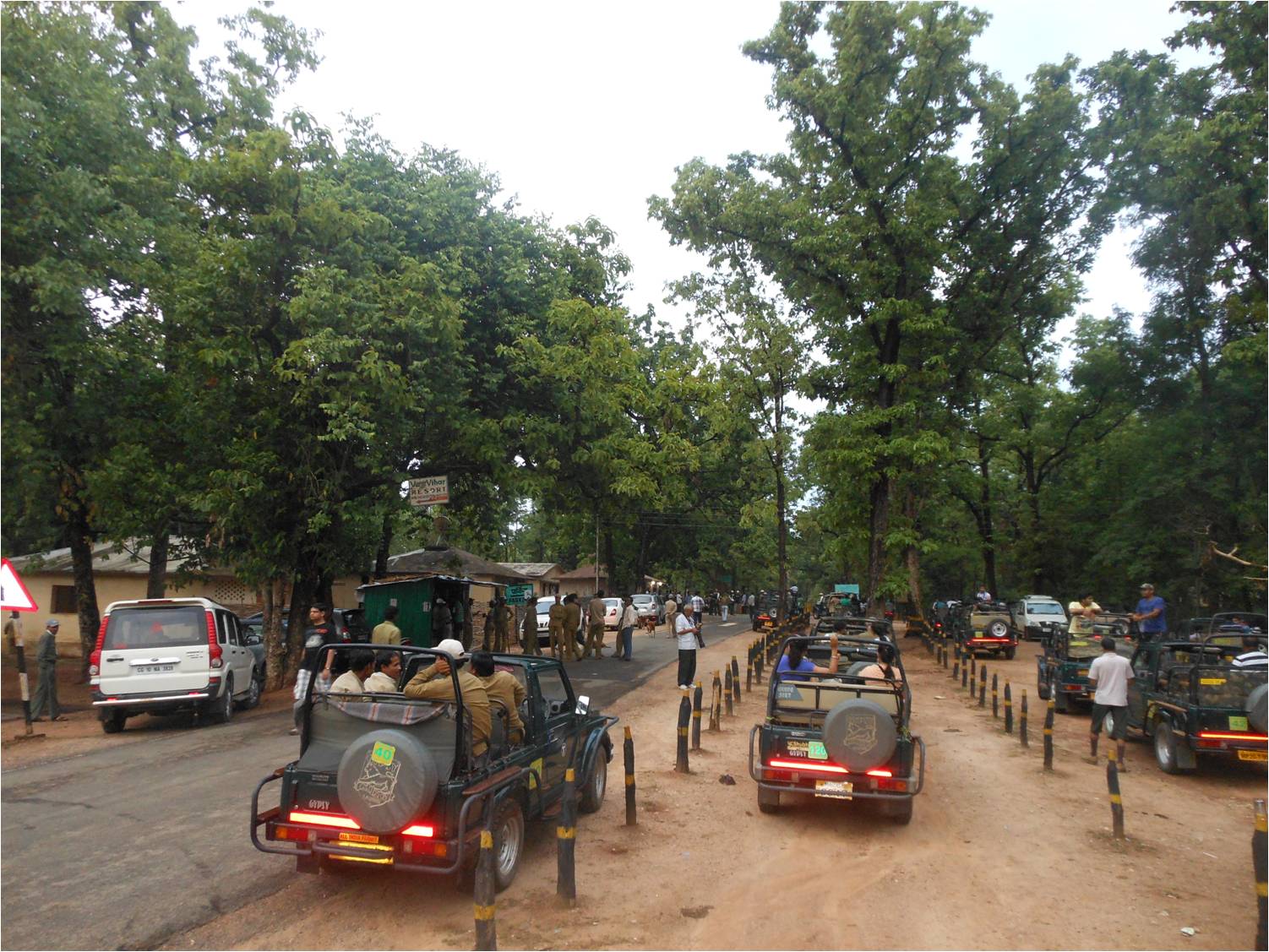Conservation of Threatened Freshwater Fish Species: The conservation of threatened freshwater fish species is important for a number of reasons. Freshwater fish play an important role in the ecosystem, providing food for other animals and helping to control populations of pests. They are also a valuable source of food and income for millions of people around the world. Freshwater fish species face numerous threats to their conservation and survival.
Threatened freshwater fish species
In India numerous freshwater fish species, many of which are currently facing threats to their survival. Here are some examples of threatened freshwater fish species in India:
Mahseer (Tor spp.): Mahseer is a group of large, iconic freshwater fish species found in rivers across India. They are highly prized by anglers and have cultural and ecological significance. However, habitat degradation, pollution, overfishing, and dam construction have severely affected Mahseer populations.
Hilsa (Tenualosa ilisha): Hilsa, also known as the Indian Shad, is a migratory fish species found in rivers along the eastern coast of India. Overfishing, habitat destruction, and water pollution have contributed to the decline of Hilsa populations, affecting the livelihoods of fishing communities in the region.
Ganges River Dolphin (Platanista gangetica): The Ganges River Dolphin is a critically endangered freshwater dolphin species found in the Ganges and Brahmaputra river systems in India. Their populations have been impacted by pollution, habitat degradation, sand mining, entanglement in fishing nets, and reduced water flow due to dam construction.
Goonch (Bagarius bagarius): Goonch is a large predatory catfish species found in rivers in northern India. Overfishing, habitat loss, pollution, and dam construction have led to population declines. Goonch populations are also threatened by the aquarium trade due to their large size and aggressive nature.
Golden Mahseer (Tor putitora): Golden Mahseer is a highly sought-after sport fish found in the Himalayan rivers of India. It is threatened by habitat destruction, pollution, overfishing, and the introduction of exotic fish species.
Deccan Mahseer (Tor khudree): Deccan Mahseer is a species endemic to the Western Ghats region of India. It faces threats from habitat degradation, water pollution, sand mining, and the construction of dams.
Conservation of Threatened Freshwater Fish Species
Here are some of the key threats faced by above mentioned fish species
Habitat Loss: The destruction and alteration of freshwater habitats, such as rivers, lakes, and wetlands, is one of the major threats to fish species. Activities such as dam construction, river channelization, water extraction, and deforestation result in the loss and fragmentation of essential habitats for freshwater fish.
Pollution: Pollution from various sources, including industrial and agricultural runoff, sewage discharge, and chemical contaminants, can have detrimental effects on freshwater ecosystems. Elevated levels of pollutants can lead to water quality degradation, oxygen depletion, and the accumulation of toxins, impacting fish populations.
Overfishing: Overfishing, especially when combined with illegal and unregulated fishing practices, poses a significant threat to many freshwater fish species. Unsustainable fishing practices can deplete fish populations, disrupt their reproductive cycles, and result in the collapse of ecosystems that depend on these species.
Invasive Species: The introduction of non-native species into freshwater ecosystems can have devastating consequences for native fish populations. Invasive species can outcompete native fish for resources, prey upon them, introduce diseases, and alter the habitat dynamics, leading to declines in native fish populations.
Climate Change: Rising temperatures, altered precipitation patterns, and changes in water flow regimes associated with climate change have severe implications for freshwater fish. Temperature-sensitive species may face difficulties in adapting to changing thermal conditions, and alterations in stream flow can affect migratory patterns and reproductive cycles.
Water Extraction and Dams: Water extraction for human consumption, agriculture, and industries, coupled with the construction of dams and water diversions, can disrupt the natural flow and quantity of water in rivers. These alterations can impede fish migration, fragment habitats, and reduce suitable spawning and rearing areas.










